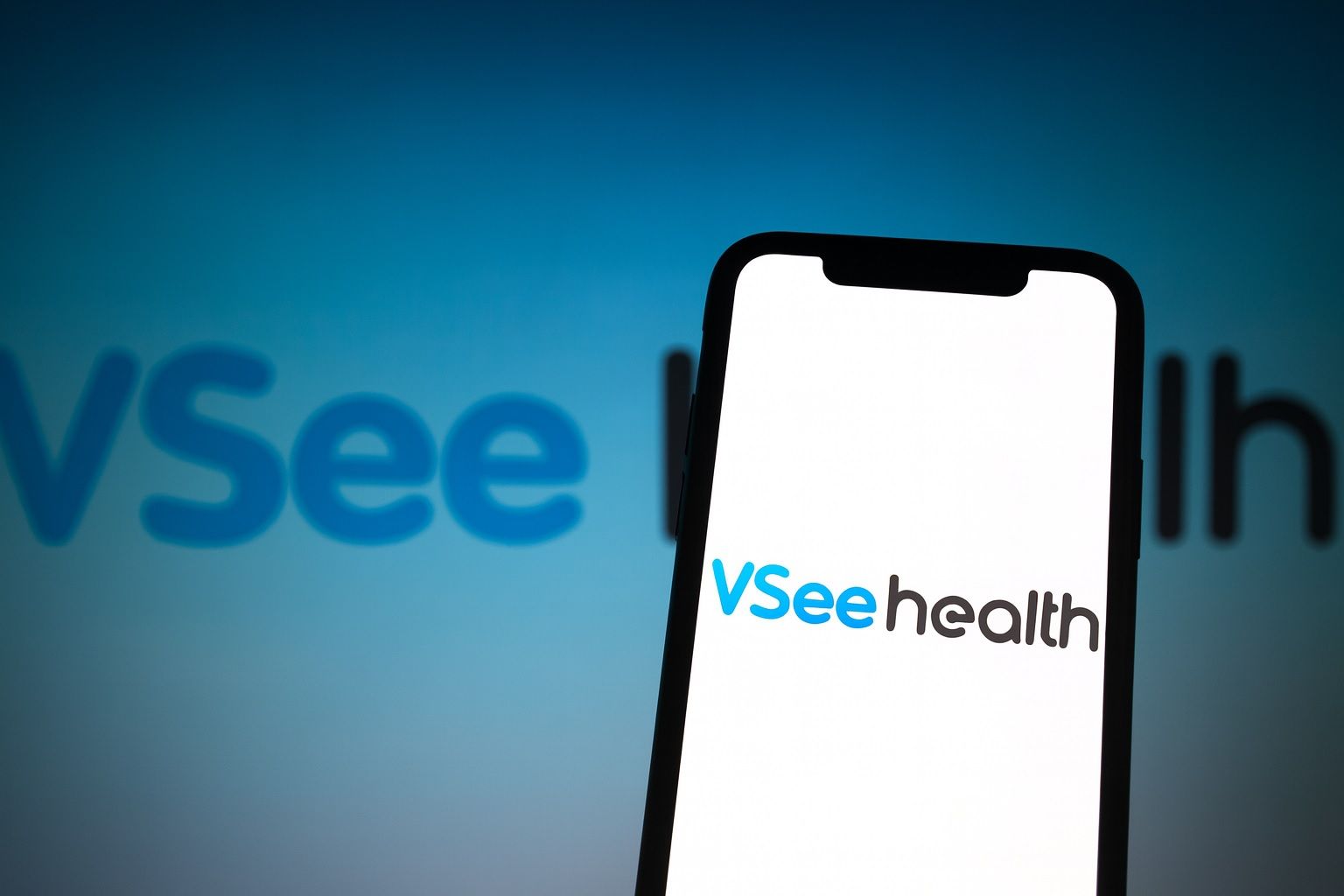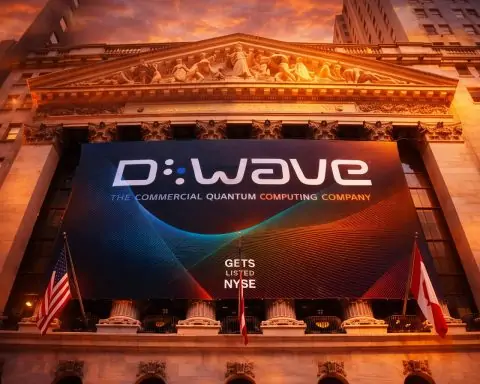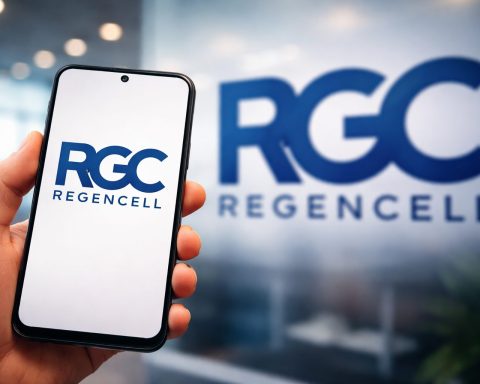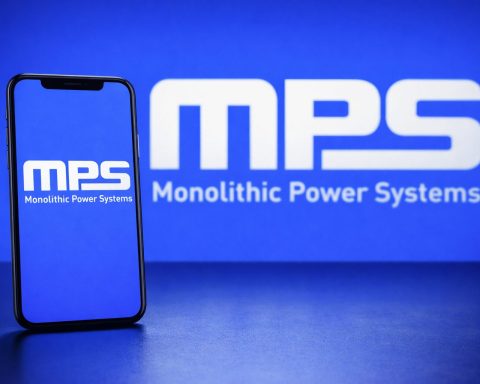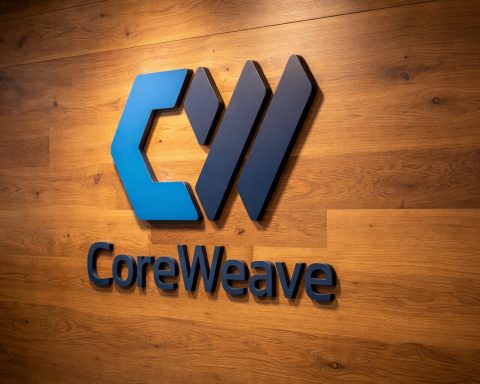- Blockbuster Deal: On Oct. 21, 2025 VSee Health announced a multi-year teleradiology contract with a premier Level-1 trauma hospital system, expected to generate ~$10 million over two years (with clauses for an extra $5M) [1] [2]. Management says this “blockbuster contract” will double VSee’s annual recurring revenue, a “game-changer for VSee Health and our shareholders,” co-CEO Dr. Imo Aisiku declared [3].
- Shares Surge: The news sent VSEE’s stock soaring. Shares opened around ~$0.48 on Oct. 21 (market cap ~$8–9M) and spiked ~75% intraday, closing near $0.945 (up 93.6%) [4] [5]. By Oct. 22 pre-market the price cooled to roughly $0.75 [6]. This follows a jump from ~$0.60 to $0.86 earlier in the week [7].
- Strong Q2 Growth: VSee’s Oct 17 SEC 10-Q showed Q2 2025 revenue of $3.4M (up 98% YoY) and a 47% gross margin [8] [9]. Management credits this to the iDoc Telehealth acquisition and new service offerings: “robust revenue growth… has been largely driven by the acquisition of iDoc” [10] [11]. Operating cash burn is down (used only ~$0.77M in H1’25 vs. $2.59M a year prior [12]).
- Analyst Sentiment: Wall Street watchers are upbeat. Maxim Group (analyst Allen Klee) initiated coverage in Feb ’25 with a Buy rating and a $5.00 price target (implying ~+428% upside) [13]. MarketBeat notes one “Strong Buy” vs. one “Sell” among recent ratings (consensus “Moderate Buy”) [14]. StockAnalysis.com likewise lists VSEE as a “Strong Buy” with a 12-month target of $5.00 [15]. (By contrast, Weiss Ratings recently gave a cautious outlook.)
- Telehealth Tailwinds: The broader telehealth/teleradiology market is booming – forecasts suggest ~20–25% annual growth [16] (global telehealth spending could top $455B by 2030 [17]). VSee’s API-driven video+EHR platform already serves major organizations (e.g. NASA, U.S. HHS, McKesson, DaVita) [18], showing demand for its tech. Landing a large hospital contract could open doors to more deals across the U.S. [19] [20].
- Risks & Outlook: VSEE remains a tiny penny stock, so volatility is extreme. Its 52-week range is only ~$0.46–$3.54 [21] and market cap under $20M [22]. As one commentator warned, small-caps “can swing wilder than a kid on a sugar rush” [23]. Investors caution that execution (e.g. HIPAA compliance, billing, scaling) is key. The real test will be upcoming Q3 earnings (when the new contract revenue starts flowing) and successful rollout of these services [24].
Teleradiology Contract Ignites Stock Rally
On Oct. 21 VSee Health (NASDAQ: VSEE) stunned the market by announcing a landmark teleradiology services agreement with a major Level-1 trauma hospital system. The multi-year deal – which began service in June – is valued at roughly $10 million over two years, with additional $5+ million in potential bonuses for meeting volume targets [25] [26]. Management says it will double the company’s annual recurring revenue, a milestone that co-CEO Dr. Imo Aisiku hailed as “just the beginning.” In a press statement he called the deal “a game-changer for VSee Health and our shareholders,” saying it “opens doors to a pipeline of future contracts” [27] [28].
The stock jumped immediately. On Oct. 20 (pre-news) VSEE traded near $0.48 [29]. After the announcement on Oct. 21, shares briefly spiked to the mid-$0.80s intraday [30] and ultimately closed around $0.945 (a roughly +94% one-day gain) [31] [32]. Trading volume exploded (millions of shares vs. the usual few hundred thousand), reflecting heavy retail interest. By early Oct. 22 the stock had retreated to about $0.75 pre-market [33], as some investors took profits on the one-day rally. Nonetheless, analysts note that even after this surge VSEE is still a sub-$1 “penny stock,” and its prices swings remain wild [34] [35].
Solid Earnings Growth and Financial Position
VSee’s recent earnings back up the optimism. In its Q2 2025 report (filed Oct. 17), the company posted $3.4 million in revenue, nearly double (+98%) the prior year quarter [36] [37]. Gross margins improved to 47% (vs. 45% YoY) as higher-margin services ramped up [38] [39]. The acquisition of critical-care telehealth provider iDoc (completed in mid-2024) is cited as a key growth driver: management specifically noted that “more than 100% year-over-year revenue growth…has been largely driven by the acquisition of iDoc” [40]. Integration of iDoc’s ICU platforms and VSee’s own tele-ICU and tele-nursing offerings are expected to yield operational efficiencies and open new markets [41] [42]. In fact, VSee reports it has already deployed telehealth solutions in dozens of hospitals and patient settings – its SEC filings mention partnerships ranging from NASA to state health networks [43] [44].
Cash burn is narrowing: for H1 2025 VSee used only about $0.77M in operating cash (down from $2.59M in H1 2024) [45]. On Oct. 21 the company also disclosed an amendment to a $2.22M convertible note (from 2024), resetting the note’s conversion price to $0.75 per share [46]. This corporate finance move (and a small new $120K note in Oct.) shows management is carefully managing liquidity. VSee recently won Nasdaq’s approval for an extension to remain listed (it was late on filings) [47], easing a potential overhang for shareholders. In short, the fundamentals are improving, but the company still has no profits (stockanalysis reports a trailing 12-month loss of ~$63.7M [48]) and remains cash-constrained.
Stock Performance and Investor Response
After the teleradiology deal became public, retail traders and momentum investors piled in. Chart analysts noted that VSEE’s Oct 21 rally included a 56% gap-up at the open [49]. By contrast, just days earlier the stock had been drifting sideways. The swift reversal has drawn mixed reactions. Some technical traders see the breakout on huge volume as bullish momentum (one charting service highlighted VSEE as among the day’s biggest movers [50]). Others caution that such spikes can be short-lived without sustained fundamentals. A financial blog summarizing trading action noted that the spike “may have caught the attention” of breakout-chasing traders, but stressed that longer-term investors will want to see actual earnings and contract revenue materialize [51].
Meanwhile, penny-stock forum chatter was feverish. VSEE quickly ranked as one of the most-watched small-cap plays on social media, alongside other speculative healthcare stocks. However, experienced investors warn that micro-cap volatility cuts both ways. VSee’s market cap is still tiny (on the order of single-digit millions [52]) and it remains far from profitability. As one market commentator put it, tiny stocks “can swing wilder than a kid on a sugar rush,” so what goes up can come down just as fast [53]. For now, though, the buzz is largely positive – most retail and online analysts are updating bullish theses and eyeing further catalysts (like additional teleradiology clients or new product rollouts).
Analyst Commentary and Forecasts
Before this week’s rally, research coverage on VSEE was sparse (no major Wall Street firms publish full reports). The few notes that exist are very optimistic. Besides Maxim Group’s $5 target (Feb 2025), StockAnalysis notes a consensus 12-month target of $5.00 [54], over 400% above current levels. This is based on the idea that VSee can replicate the hospital deal’s success. MarketBeat’s data reflects this duality: one analyst currently has VSEE as a “Sell” and one as a “Strong Buy,” yielding a “Moderate Buy” consensus [55].
Many private investors and boutique newsletters have likewise bumped up VSEE’s rating after the news. The company’s own press release and media coverage (“big country homepage” and newswires) have touted the contract as “explosive growth” [56]. Even so, hedge funds and institutional traders remain mostly absent – until VSee proves it can execute, broad sell-side coverage is unlikely. It’s worth noting that extrapolating a $5 target from ~$0.95 assumes much more positive news: analysts explicitly warn that achieving that upside would require all current contracts expanding and numerous new wins [57].
Telehealth Market Trends and Future Outlook
VSee’s news comes at a time of strong secular growth for telemedicine. Industry data (Bloomberg Intelligence) forecasts global telehealth spending growing 20–25% annually, potentially exceeding $455 billion by 2030 [58] [59]. In particular, teleradiology is one of the fastest-expanding niches – hospitals increasingly outsource imaging reads around the clock for efficiency. VSee’s cloud-based imaging platform is well positioned for this trend. In addition to teleradiology, VSee offers solutions like AI-driven patient intake and remote patient monitoring. For example, it recently unveiled an AI “doctor notes” tool that automates emergency care documentation (cutting provider paperwork by ~93%) [60].
The company also highlights existing pilots with large partners (NASA, McKesson, DaVita, government agencies) [61], suggesting it has industry-recognized technology. If even a fraction of these pilots scale up, VSee’s addressable market could grow substantially. In short, analysts see the $10M hospital contract as validation – if VSee can deliver and replicate the model, more major contracts could follow. Some investors have openly said the new deal has “caught my attention” and could send the stock much higher if it marks a sustainable growth path [62].
Caution and Risks
Despite the excitement, caution is warranted. VSee Health is still a micro-cap (market cap in the low tens of millions [63]) with a history of late filings and heavy losses. It depends on government and hospital clients, meaning revenue is lumpy and highly contract-driven. Execution risk is real – hospitals have strict IT, privacy, and billing requirements. Any compliance slip-ups could undermine confidence. Analysts also note VSee’s thin cash reserves and debt: for example, the amended convertible note and recent small secured loan show VSee still needs outside funding [64] [65].
In sum, the market is now valuing VSEE more as a potential “hit” telehealth stock rather than a steady business. Its recent price run is largely built on one big announcement. Investors caution that the real test will come in the next earnings reports. If Q3 2025 (to be filed after Oct 31) shows the new teleradiology revenue flowing through and some operating leverage, the rally could have legs. If not, traders warn the stock may retrace. As one StreetInsider commenter summarized, “too soon to call” if VSee will become a telehealth powerhouse [66]. For now, VSEE’s dramatic move is newsworthy for healthcare investors, but many agree: profits and consistent cash flow will be needed before calling it anything more than a speculative breakout.
Sources: Company filings and press releases (via Nasdaq/ACCESS Newswire) [67] [68]; financial news analyses [69] [70] [71]; stock data from Google Finance [72]; analyst/market commentary [73] [74] [75].
References
1. www.streetinsider.com, 2. www.financialcontent.com, 3. www.streetinsider.com, 4. ts2.tech, 5. www.google.com, 6. www.google.com, 7. ts2.tech, 8. www.nasdaq.com, 9. ts2.tech, 10. www.nasdaq.com, 11. ts2.tech, 12. ts2.tech, 13. www.marketbeat.com, 14. www.marketbeat.com, 15. ts2.tech, 16. ts2.tech, 17. ts2.tech, 18. ts2.tech, 19. ts2.tech, 20. www.financialcontent.com, 21. www.google.com, 22. www.google.com, 23. ts2.tech, 24. ts2.tech, 25. www.streetinsider.com, 26. www.financialcontent.com, 27. www.streetinsider.com, 28. ts2.tech, 29. www.streetinsider.com, 30. ts2.tech, 31. ts2.tech, 32. www.google.com, 33. www.google.com, 34. ts2.tech, 35. ts2.tech, 36. www.nasdaq.com, 37. ts2.tech, 38. www.nasdaq.com, 39. ts2.tech, 40. www.nasdaq.com, 41. www.nasdaq.com, 42. ts2.tech, 43. ts2.tech, 44. standtogether.org, 45. ts2.tech, 46. www.stocktitan.net, 47. ts2.tech, 48. stockanalysis.com, 49. ts2.tech, 50. ts2.tech, 51. ts2.tech, 52. stockanalysis.com, 53. ts2.tech, 54. ts2.tech, 55. www.marketbeat.com, 56. www.financialcontent.com, 57. ts2.tech, 58. ts2.tech, 59. ts2.tech, 60. ts2.tech, 61. ts2.tech, 62. ts2.tech, 63. www.google.com, 64. www.stocktitan.net, 65. ts2.tech, 66. ts2.tech, 67. www.nasdaq.com, 68. www.stocktitan.net, 69. www.streetinsider.com, 70. www.financialcontent.com, 71. ts2.tech, 72. www.google.com, 73. www.marketbeat.com, 74. ts2.tech, 75. ts2.tech
